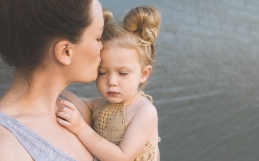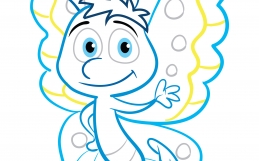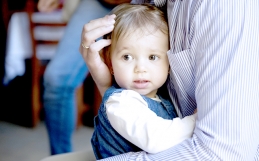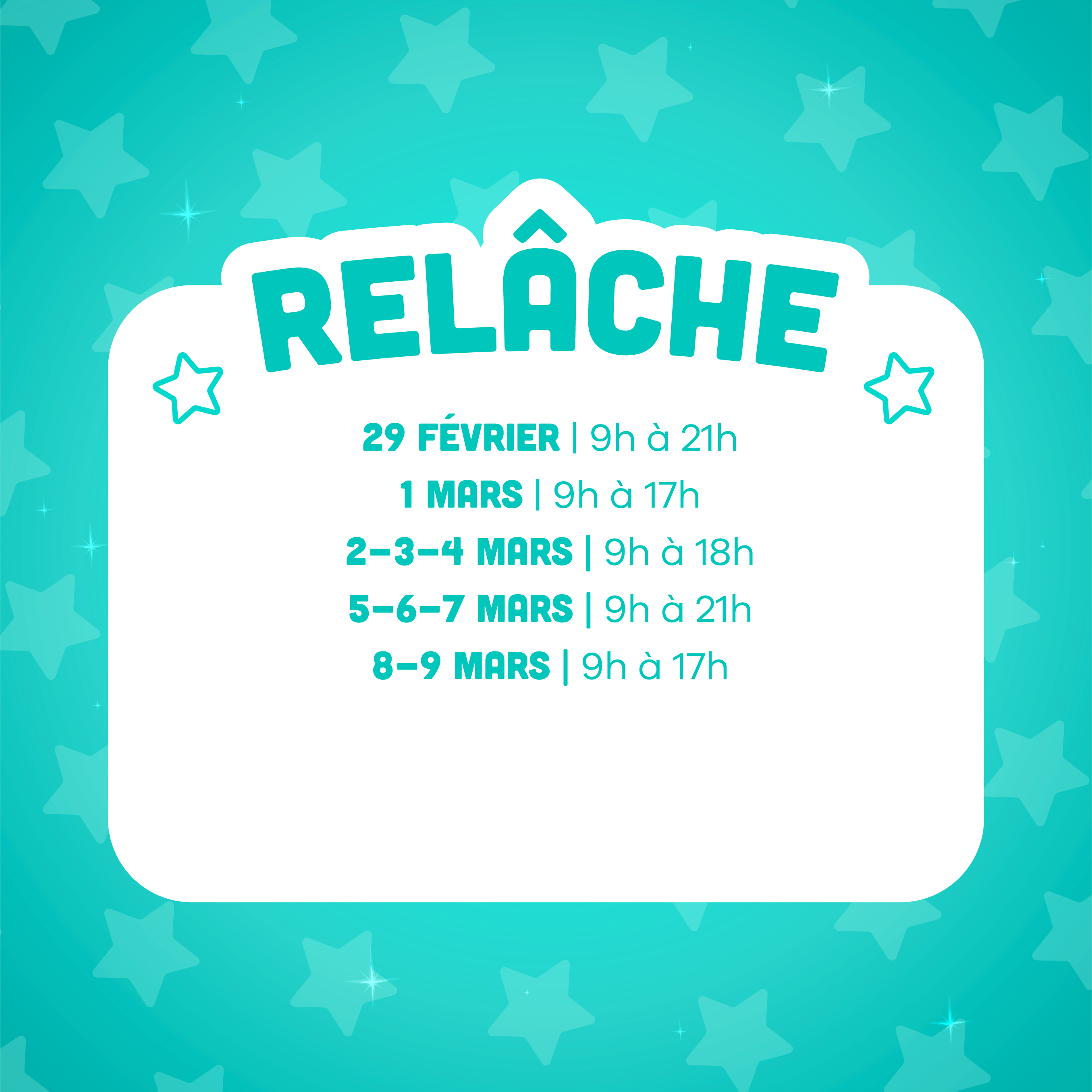What is positive discipline? It is about discipline methods that have a positive and constructive influence on children and on our relationships with them. These are all gestures and words used every day to educate and guide children while creating a predictable environment and relationships based on trust and respect. It helps your child grow and become a happy and caring person, who has the following qualities:
– Self-esteem
– Respect for others
– Problem-solving skills and other skills for everyday life
How can I encourage good behavior?
– Spend time alone with your child every day.
– Be comforting. Give hugs or a pat on the back.
– If your child is sad or angry, respect his feelings. Try to understand the reasons for his sadness or anger.
– Do fun things. Laugh together.
– If you make a promise, do your best to hold it. It is important for your child to trust you, and he wants you to trust him too.
– Always look for opportunities to congratulate your child for good behavior.
– Ignore the small incidents. Before you raise your voice, ask yourself : ” Is it important? ”
The five rules to establish :
– Clear and reassuring: Establish rules easily understood by children in order to transmit your core values, for example: respect for self, others and the environment; developing a healthy lifestyle; etc.
– Realistic: Establish realistic rules that reflect the expected behavior, formulated in a positive way. For example, instead of saying “stop yelling,” say “speak softly”.
– Constant and predictable: The established rules must not vary according to the mood of the adult and should be few to meet the child’s ability. Remember that a child from 6 to 12 years old can integrate and apply only 5-6 rules at once.
– Consistent: The rules must be consistent, that is to say, they must be respected also by the adult who established them, in order to set an example by acting itself according to the values he wants to be transmitted. For example: I ask my child to make his bed in the morning, then I do mine!
– Logical Consequences: Consequences are ways to learn and grow. For children to learn to accept the consequences of their actions, there must be a logical connection between their behavior deemed unacceptable and the consequences. Remember, however, that the consequences are ways to learn and that learning does not need to be painful.
When the situation is beyond your capacity :
When you feel carried away by anger, you can use the following rules :
– Take some space: I am angry, I communicate it and I withdraw.
– Breathe: I reflect and I find a way of expressing my anger in an acceptable manner.
– React: Once I am calm, I can talk, look and apply a solution.
















